5 Tips to Build a Low EMF Emissions Home for Your Baby
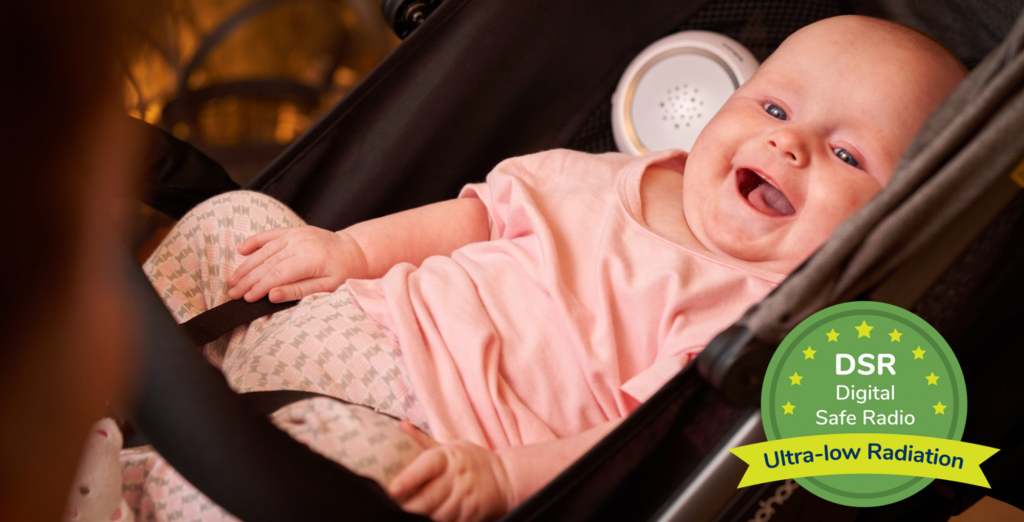
Guest blog post by Andrew from Bebcare Low Emissions Baby Monitor Parents are deeply concerned about the safety of their baby. Why wouldn’t they be? Your baby is your bundle of joy and the most precious. With the abundance of wireless devices these days, EMF radiation is a hot topic amongst parents. In this blog […]
Bebcare – A safe monitor for your baby’s nursery
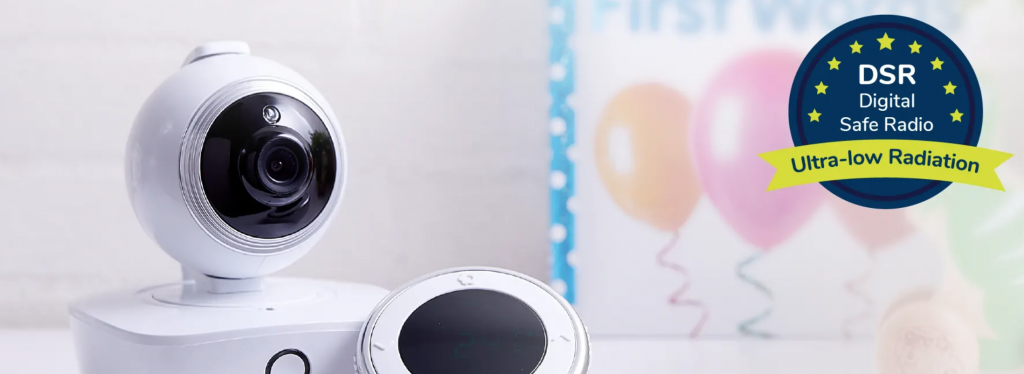
A while ago I recorded three videos about electromagnetic emissions and creating a sleep sanctuary for your child. You can find all three on our YouTube channel. I spoke with Lisa Tiedt, a Building Biologist at Well Abode. She used science to physically demonstrate to us how baby monitors, sound machines, and wifi modems emit […]
Creating a Safe Sleep Space: Routers
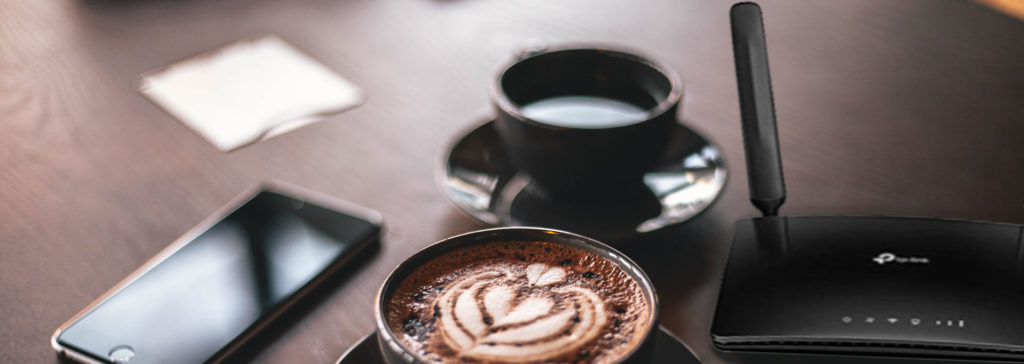
Alyssa Veneklase talks with Lisa Tiedt, Building Biologist and owner of Well Abode, about creating health sanctuaries in our homes. You can watch this video on YouTube. Alyssa: Hi. It’s Alyssa and Lisa here again. This is Part 3 of our series on how to create a low EMF sleep space, and we’ve kind […]
Creating a Low EMF Sleep Space: Baby Monitors

Alyssa Veneklase talks with Lisa Tiedt, Building Biologist and owner of Well Abode, about creating health sanctuaries in our own homes. You can watch this video on YouTube. Alyssa: Hi, again. We are in our series of how to create a safe sleep space, and I am Alyssa, talking to Lisa Tiedt again. She […]
Creating a Safe Sleep Space: Sound Machines
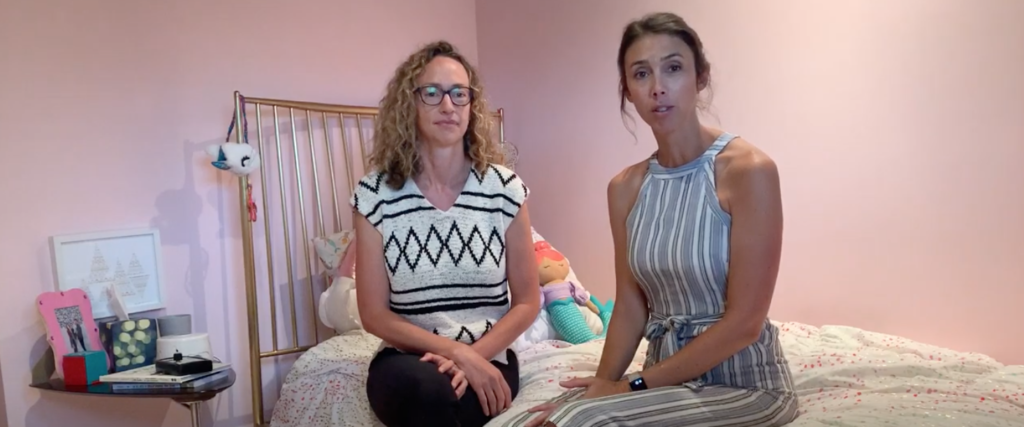
Alyssa Veneklase talks with Lisa Tiedt, Building Biologist and owner of Well Abode, about creating health sanctuaries in our homes. You can view this video on YouTube. Alyssa: All right. Today, I’m here talking to Lisa Tiedt. She’s a Building Biologist, and, as you know, I’m a sleep consultant, so we’ve partnered a few […]
Planning a Nursery During the COVID-19 Pandemic
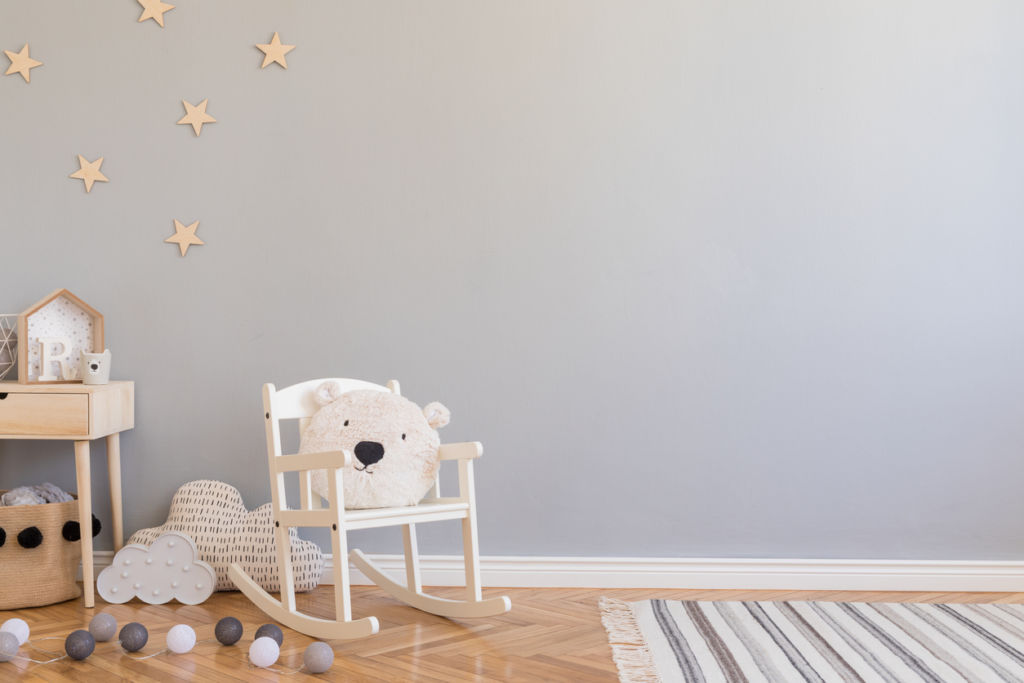
Today’s guest blog is written by Isabella Caprario, Content Marketing Specialist at Porch. During the COVID-19 pandemic, we all feel uncertainty. We don’t know what will happen or what steps to take next. We only know that the best way to end this madness is to sit at home and take all the necessary precautions […]
The Swaddelini Swaddle: Podcast Episode #93
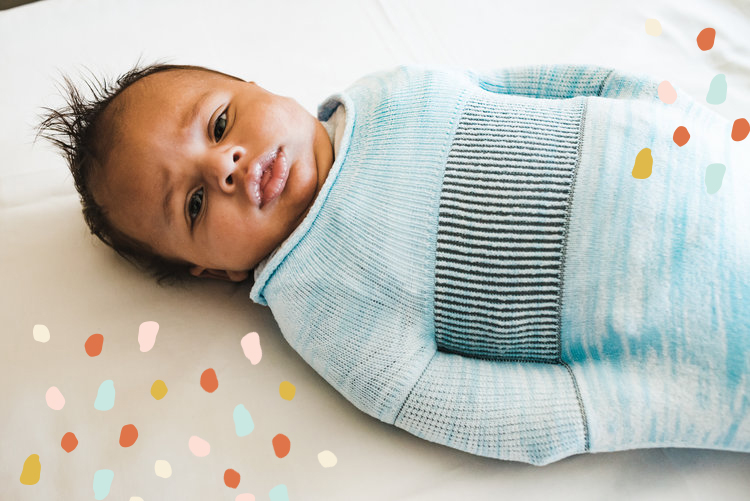
Liz Hilton, founder of Swaddelini, tells us about the unique process she uses to create her amazing swaddle and why her swaddle is different. You can listen to this complete podcast episode on iTunes or SoundCloud. Kristin: Welcome to Ask the Doulas with Gold Coast Doulas. I’m Kristin. Alyssa: And I am Alyssa. Kristin: And […]
How Sleep Deprivation Impacts New Parents
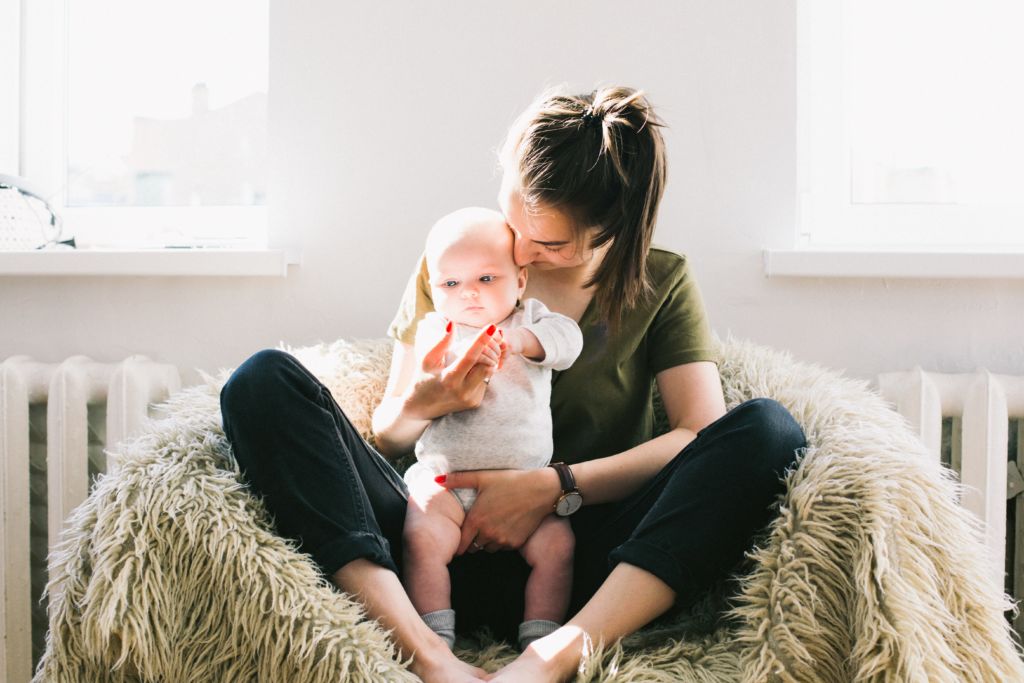
Becoming a parent is one of the most exciting and scary milestones of a person’s life. It’s likely your emotions will run the gamut from excited anticipation and joy, to fear of the unknown and uncertainty about what’s ahead and how you’re coping with parenthood. Managing night time feeds, tending to your baby throughout the […]
Megan’s Sleep Story: Podcast Episode #80
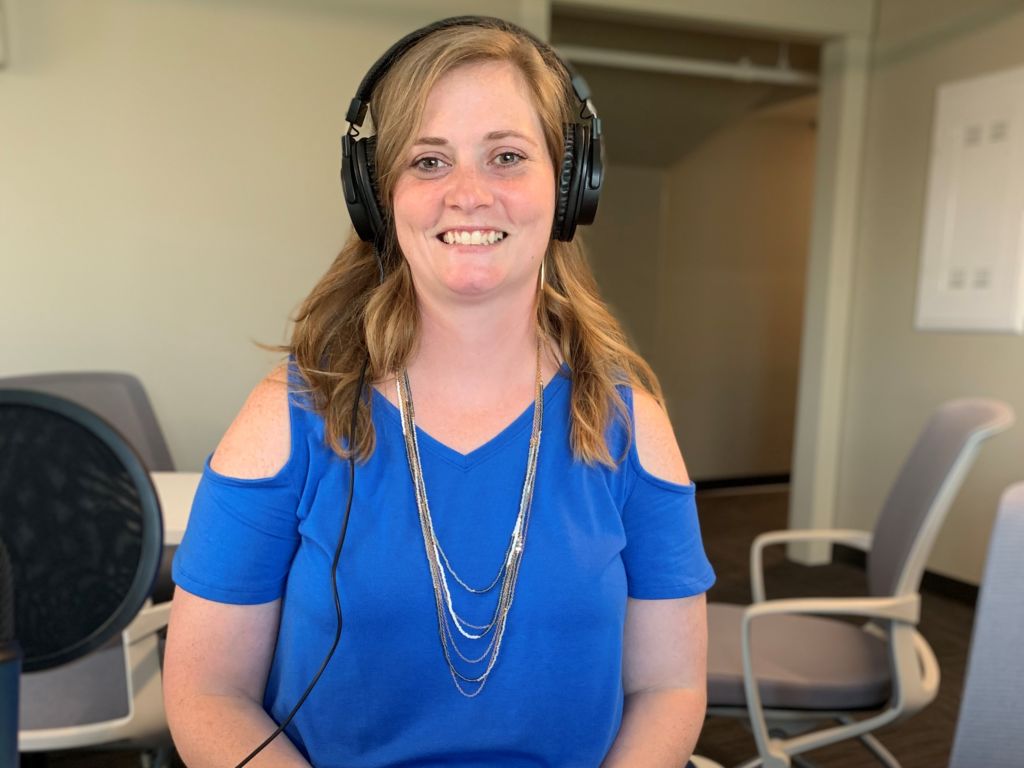
Megan Kretz, one of Alyssa’s sleep clients, tells us about her sleep training journey with her daughter at 9 months and again at 19 months. She says that as a working mom, it meant spending a little less time with her daughter, but that it was all worth it because the quality of the time […]
Podcast Episode #70: Speech Delays and Sleep
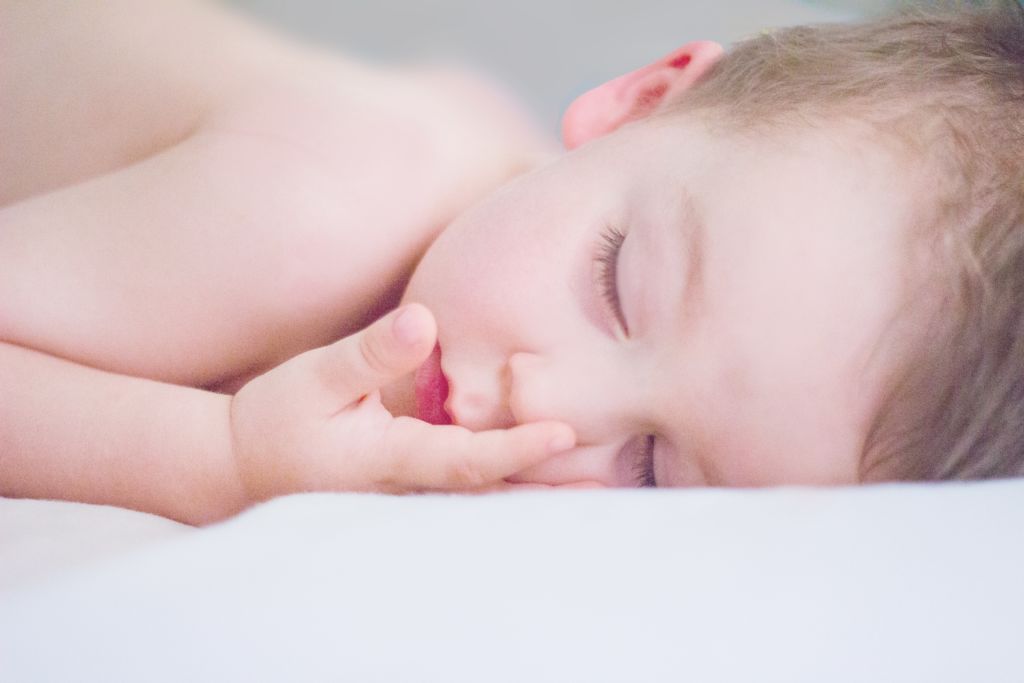
Today we talk to Courtney of Building Blocks Therapy Services again about how speech delays affect sleep in older babies. It’s a short one, but packed with good information! You can listen to this complete podcast on iTunes or SoundCloud. Alyssa: Hello! Welcome to Ask the Doulas. I am Alyssa Veneklase, and I’m here with […]
Podcast Episode #67: Dominique’s Sleep Story
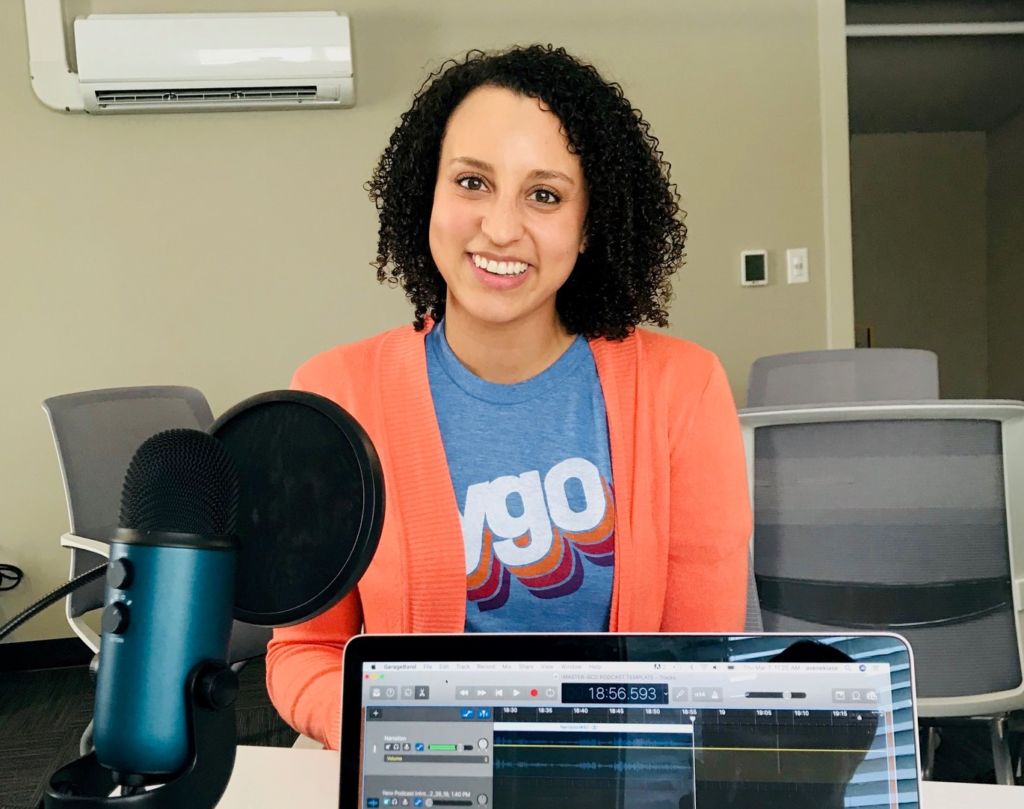
One of Alyssa’s past sleep clients tells us her story about hiring an expert to solve her daughter’s sleep issues. She is honest about the fears she had going into it, the misconceptions and myths about sleep training that were dispelled while working with Alyssa, and how on the first day they saw improvement! You […]
